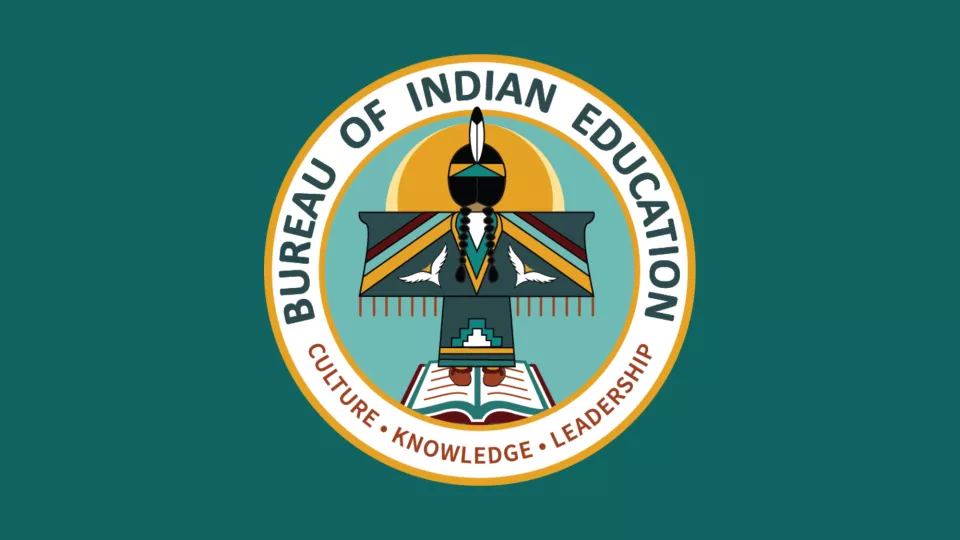
September 20, 2024
Dear Tribal Leader:
The Bureau of Indian Education (“BIE”) has recently fielded questions from tribes regarding the ability of tribal descendants to be counted for Indian School Equalization Program (“ISEP”) funding purposes. BIE is issuing this Dear Tribal Leader Letter (“DTLL”) to clarify ISEP eligibility criteria for BIE funding purposes only. This DTLL does not impact in any way a tribe’s authority to dictate its own tribal membership criteria.
The applicable statute for determining student eligibility for ISEP funding allocations is found at 25 U.S.C. § 2007. The statute defines “Eligible Indian Student” and directs BIE to establish through regulation an ISEP funding formula based, in part, on a school’s number of enrolled Eligible Indian Students. This ISEP funding formula is found at 25 C.F.R. Part 39. Both statute and regulations define “Eligible Indian Student” as a student who:
- Is a member of, or is at least one-fourth (1/4) degree Indian blood descendant of a member of, a tribe that is eligible for the special programs and served provided by the United States through the Bureau of Indian Affairs to Indians because of their status as Indians;
- Resides on or near a reservation or meets the criteria for attendance at a Bureau off-reservation home-living school; and
- Is enrolled in a Bureau-funded school. 25 U.S.C. § 2007(f); 25 C.F.R. § 39.2.
BIE interprets the above eligibility criteria as requiring that the student either be a tribal member or have a link to a tribal member (through descendancy) that is within a certain proximity (through 1/4 degree blood quantum). In order to allow for the most inclusive interpretation and to ease difficulty in demonstrating through records that a student is eligible, BIE has determined that a student is eligible where the student can demonstrate that they (1) are a member of a federally recognized tribe; (2) have at least one parent or grandparent who is an enrolled member of any federally recognized tribe; or (3) have one-fourth Indian blood from one or more federally recognized tribes.*
Using this criteria, the following documentation may be used to demonstrate eligibility: student tribal documentation, such as tribal enrollment cards, tribal citizenship cards, or documentation from tribal enrollment offices; student Certificates of Degree of Indian Blood; or grandparent or parent tribal enrollment documentation with a child's birth certificate.
If you have any questions or need assistance, you may contact, Mr. Travis Clark, Chief of Staff, by email at: travis.clark@bie.edu or by phone: (571) 926-6998.
Sincerely,
Tony L. Dearman, Director
DTLL: ISEP Eligibility (260.9 KB)[*Under the Johnson-O’Malley Act (JOM), BIE provides assistance, through contracts, for eligible Indian students attending public schools and nonsectarian private schools. The relevant portions of the eligibility criteria for both ISEP and the JOM programs are identical. See 25 C.F.R. § 273.112(c) (defining, in part, an eligible Indian student for JOM as being “either (1) at least one-fourth degree Indian blood descendant of a member of an Indian Tribe as defined in § 273.106; or (2) a member of an Indian Tribe as defined in § 273.106.”). Consequently, BIE applies this interpretation to JOM eligibility as well.]
Contact
Office of Communications
Bureau of Indian Education Central Office
U.S. Department of the Interior
1849 C Street NW, MIB-3610
Washington, DC 20240
Telephone: 202-941-0789
Email: biecommunications@bie.edu


